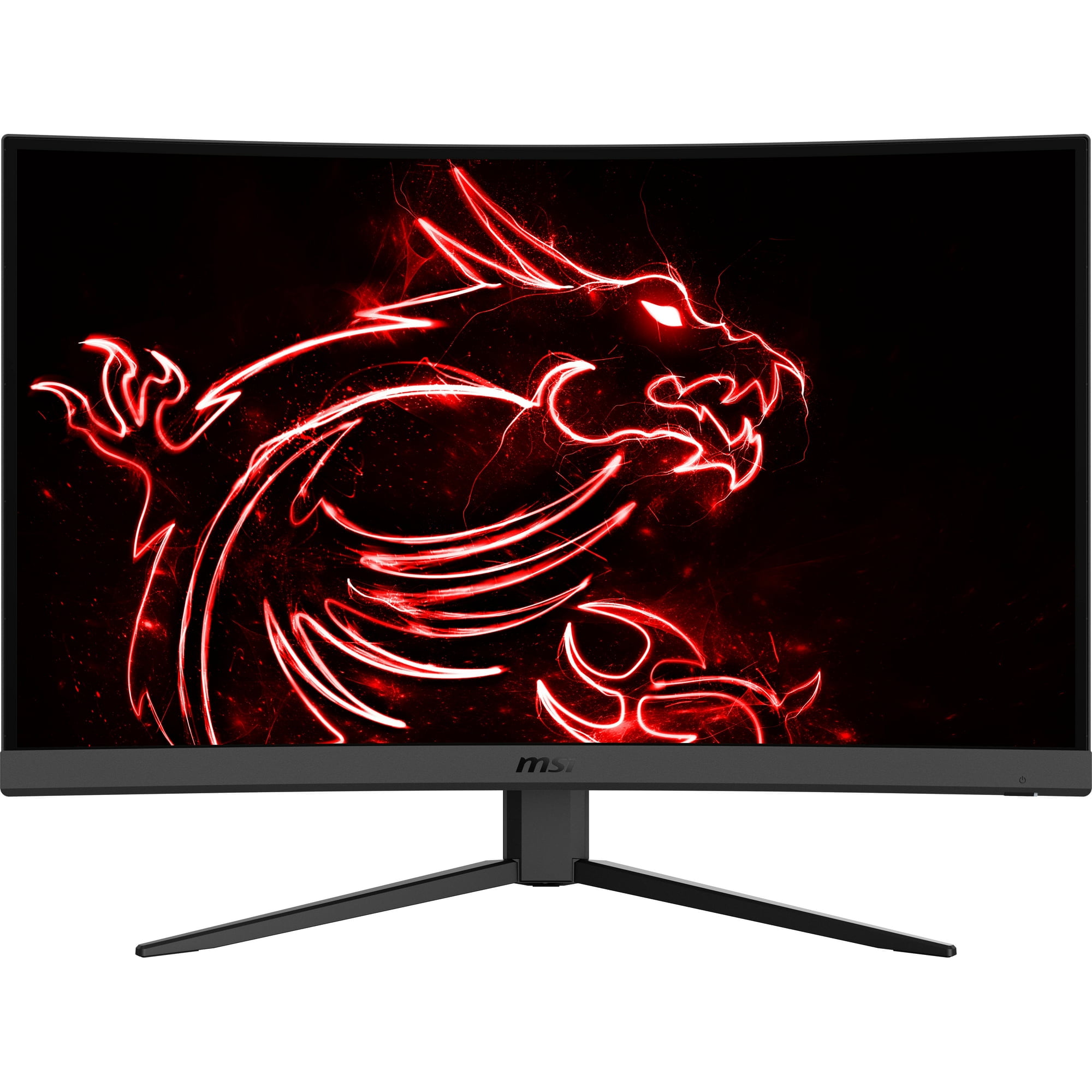Blitz News Digest
Stay updated with the latest trends and insights.
Why Your Gaming Monitor is Secretly Sabotaging Your Skills
Unlock your true gaming potential! Discover how your monitor may be holding you back and learn to level up your skills today.
Is Your Gaming Monitor Holding You Back? Discover the Hidden Factors
When it comes to gaming, your monitor is more than just a screen; it's a critical component that can significantly impact your performance. If you're finding yourself struggling in competitive matches or feeling that your gameplay could improve, consider whether your gaming monitor is holding you back. Factors such as refresh rate, response time, and resolution play crucial roles in how well you can execute commands and perceive action on-screen. A monitor with a low refresh rate and high response time can introduce lag and ghosting, which can be detrimental in fast-paced gaming scenarios.
Besides technical specifications, another hidden aspect to consider is color accuracy and viewing angles. A monitor with poor color reproduction can make it difficult to spot enemies or distinguish important details in games, while limited viewing angles might restrict your gaming experience if you're playing with friends. To ensure that your setup is optimized, it may be time to invest in a more advanced gaming monitor that meets the demands of modern gaming. Doing so can enhance not only your enjoyment but also your performance in the gaming arena.

The FPS Dilemma: How Refresh Rates Impact Your Game Performance
The FPS dilemma is a crucial aspect of gaming performance that often goes overlooked by many players. Refresh rates, measured in hertz (Hz), determine how many times per second your monitor updates the displayed image. A higher refresh rate allows for a smoother visual experience, reducing motion blur and improving overall clarity. For instance, while a standard 60Hz monitor can display 60 frames per second, a 144Hz monitor can showcase up to 144 frames per second, offering a significant advantage, especially in fast-paced games where split-second decisions can lead to victory or defeat.
Understanding the relationship between refresh rates and FPS is essential for gamers looking to enhance their performance. When the refresh rate of your monitor is higher than your graphics card's output in frames per second, you may experience tearing or stuttering, which can be detrimental during critical gameplay moments. To achieve optimal performance, players should aim for a balance between their gaming hardware and monitor specifications. Upgrading to a higher refresh rate display not only boosts responsiveness but also allows you to fully utilize the capabilities of high-performance GPUs, ultimately enhancing your competitive edge.
Color Accuracy vs. Performance: What Your Monitor Isn’t Telling You
When it comes to choosing the right monitor, many people often focus on color accuracy, believing it to be the paramount feature for a superior visual experience. However, while color accuracy plays a critical role in delivering true-to-life images, it is not the sole indicator of monitor quality. Performance aspects such as refresh rate, response time, and input lag are equally essential, especially for gamers and professionals relying on real-time visuals. A monitor may boast impressive color accuracy but fall short in performance metrics, leaving users frustrated during fast-paced activities or visual tasks.
Understanding the balance between color accuracy and performance can significantly enhance your overall monitor experience. Color accuracy ensures that the hues, tones, and shades are represented correctly, making it vital for photographers and graphic designers. Conversely, performance metrics influence how smooth and fluid your visual experience will be, impacting gaming and video playback. Consider these factors carefully as you weigh options; investing in a monitor that excels in both color accuracy and performance can make a substantial difference in the quality of your work and play.